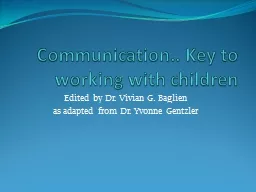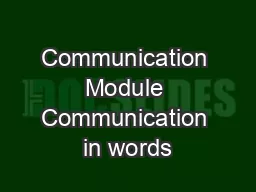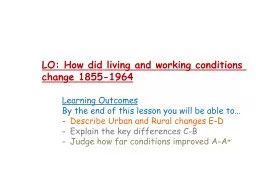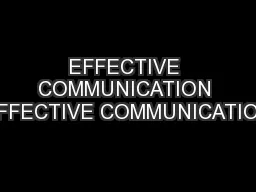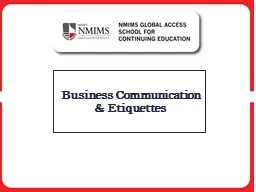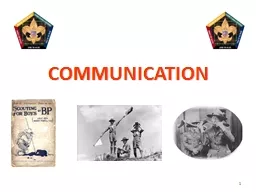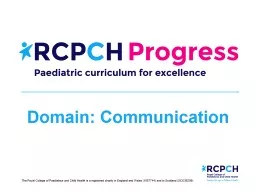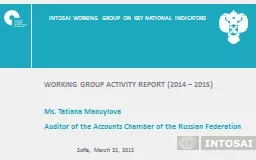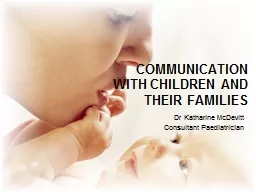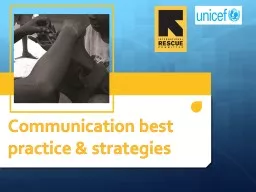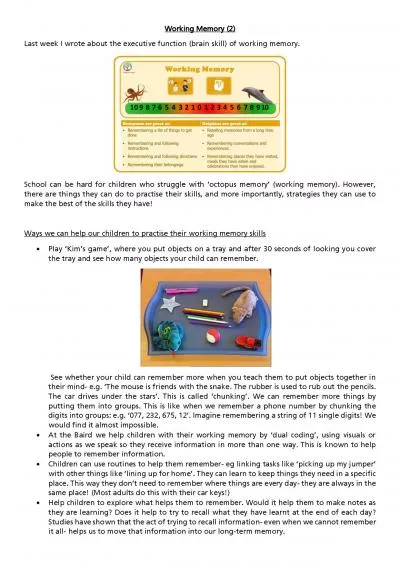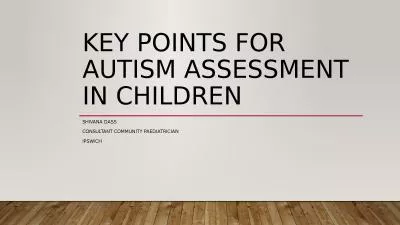PPT-Communication.. Key to working with children
Author : lindy-dunigan | Published Date : 2016-04-21
Edited by Dr Vivian G Baglien as adapted from Dr Yvonne Gentzler To Communicate Effectively As a teacher positive communication skills help you to form and maintain
Presentation Embed Code
Download Presentation
Download Presentation The PPT/PDF document "Communication.. Key to working with chil..." is the property of its rightful owner. Permission is granted to download and print the materials on this website for personal, non-commercial use only, and to display it on your personal computer provided you do not modify the materials and that you retain all copyright notices contained in the materials. By downloading content from our website, you accept the terms of this agreement.
Communication.. Key to working with children: Transcript
Download Rules Of Document
"Communication.. Key to working with children"The content belongs to its owner. You may download and print it for personal use, without modification, and keep all copyright notices. By downloading, you agree to these terms.
Related Documents

